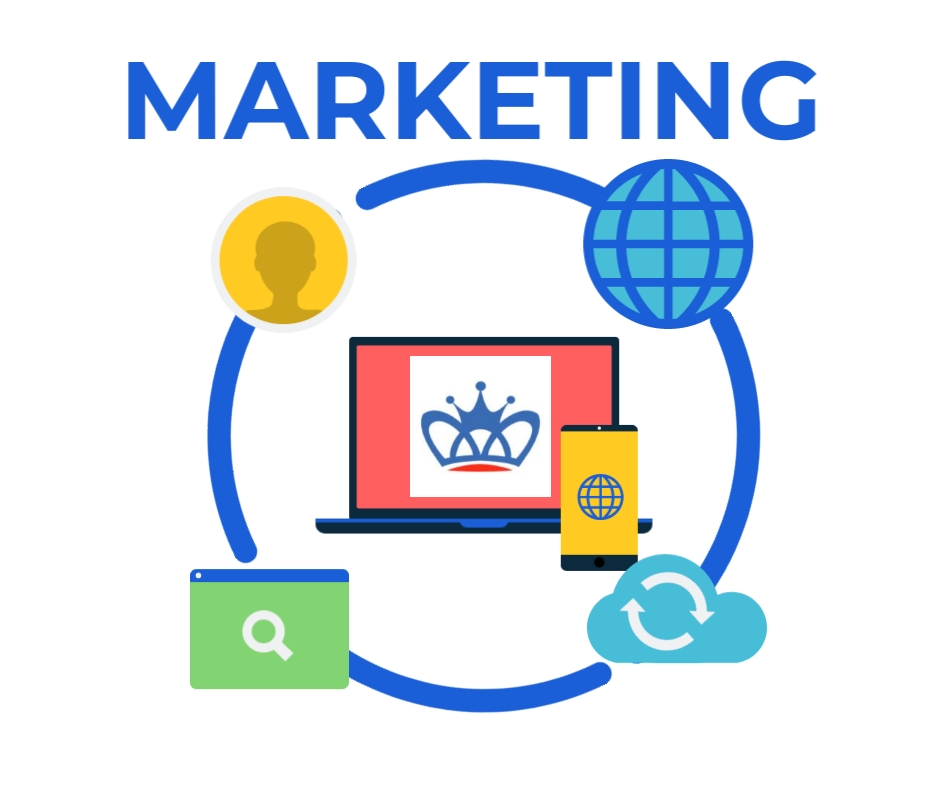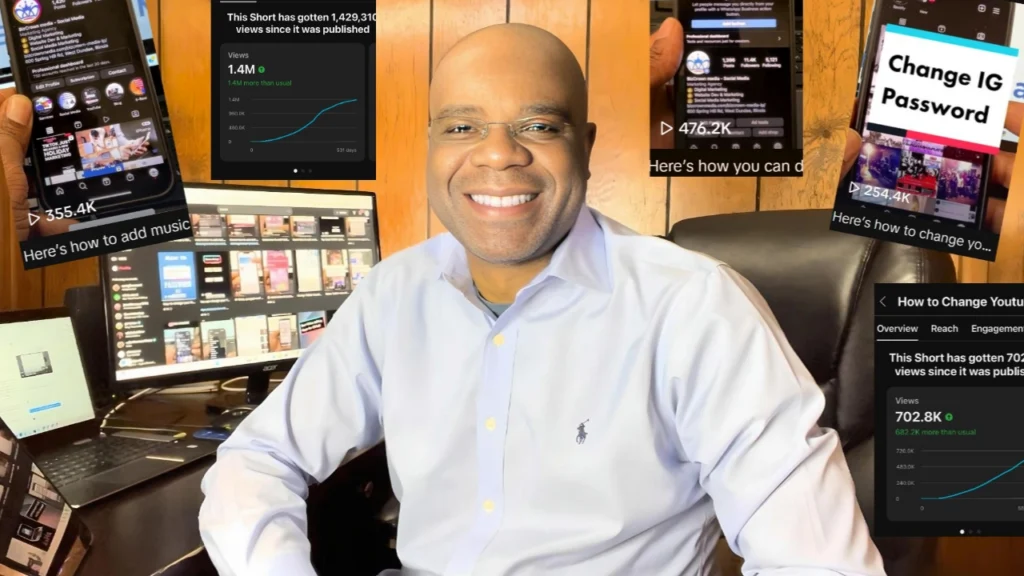In viewing comments in a marketing forum centered on mistakes and opportunities for 2018, It seemed many companies ended the year with two major observations: One camp believed that while they excelled in their social media marketing, they didn’t focus enough on their website presence or SEO (search engine optimization). The other camp believed they excelled with SEO, but made less of an impact on their social media marketing. To make strides in marketing currently, it’s recommended to have both SEO and social media marketing in addition to other forms of marketing that fall within proactive outbound marketing and responsive inbound marketing. These two types of marketing work hand in hand for a good marketing strategy. Most companies excelling in digital marketing have a good handle on both. So what is proactive outbound marketing and how does it differ from responsive inbound marketing? Here it is.
Proactive outbound marketing
Has always existed; the proactive part is what requires more activity for relevance these days. Outbound marketing is when you’re reaching out to your customers through outbound marketing efforts. It’s what you’re doing when you post on your social media outlets, email a newsletter to your clients, write and share blog posts, send off paper mailers with coupons or information on your business to new residents in your neighborhood, etc.
Outbound marketing is composed of the actions customers see from your outbound marketing activities. Proactive outbound marketing, however, means you are consistent according to industry standards as much as possible with your outreach efforts. When I launched BizCrown Media almost three years ago, the recommended post frequencies were 2 to 3 posts on Facebook a week, 4 pins a week on Pinterest, and 2 to 3 tweets a day on X (formerly known as Twitter) – Fast Forward to 2018 and it’s 1 post on Facebook, 11 pins on Pinterest and 15 tweets on X (formerly known as Twitter) daily. Simply putting one post a month on your social media is outbound marketing, but by no means active or proactive as you aren’t consistently communicating with your audience on the benefits of your offerings. These days, effective marketing efforts, whether outbound or inbound, require consistency to be effective. Our consumers are consistently inundated with content minute by minute and we have to do our due diligence of informing them of our offerings and the benefits of using them consistently in a creative and professional manner. (Not sure about the difference between ‘likes’ and ‘reach’? Check out this helpful article!)
Responsive inbound marketing
This is more about being optimized and available for those seeking our services or products. Good examples of inbound marketing are thinking about how to protect yourself in a way that people will find you, as opposed to you finding them. Inbound marketing is intent-based and as a result, typically converts quicker than outbound. From the business owner’s perspective, proactive marketing can be preparing your website in a way that is optimized for SEO or making sure you’re on Yelp, Yellow Pages, etc. That’s why it is very important to be ranked high in search engines. In fact, the first page of Google captures at least 71% of web traffic (some sources say up to 92%) and the second page is far from a close second: It drops to 6% of website clicks. This steep decline in web traffic is an indicator of just how important the first page of Google is, but also how important it is that your website and content are constantly available and responding to those who need your service and product. You may ask, why not proactive responsive inbound marketing? You’ll need to be proactive to be effectively responsive in updating your content and optimizing it. There is an overlap between Proactive outbound marketing and Responsive inbound marketing. Currently, we know that successful marketing strategies require many touchpoints to ensure their brand resonates with customers. Touchpoints can be sending emails, handing out business cards, or your presence at a community or chamber event. For best practices, you should spread out your touch points among your proactive outbound and responsive inbound marketing strategies.
Let’s work this out with an example. Lori owns a travel agency. To get her brand in front of customers, she regularly posts her travel specials on social media, her website, and in bi-weekly newsletters to her email list in hopes of sparking potential customers’ interest and generating sales. Reactively, Lori has worked with professionals who specialize in SEO to get her website to the top of Google, so customers who search for quality cruises or vacations can easily find her. Utilizing both marketing strategies will help Lori reach a larger audience than if she’d just focused on one method.
The takeaway here is this: Proactive outbound marketing and Responsive inbound marketing work hand in hand. Concentrating on one won’t get you as much success as you can have. To cover the most ground and get the most out of your marketing strategy, it’s recommended to utilize both kinds of marketing to reach your greatest potential. At BizCrown Media, we offer a variety of services that will help you with both proactive and reactive marketing. Contact us if you think you need a little extra assistance marketing your business.



